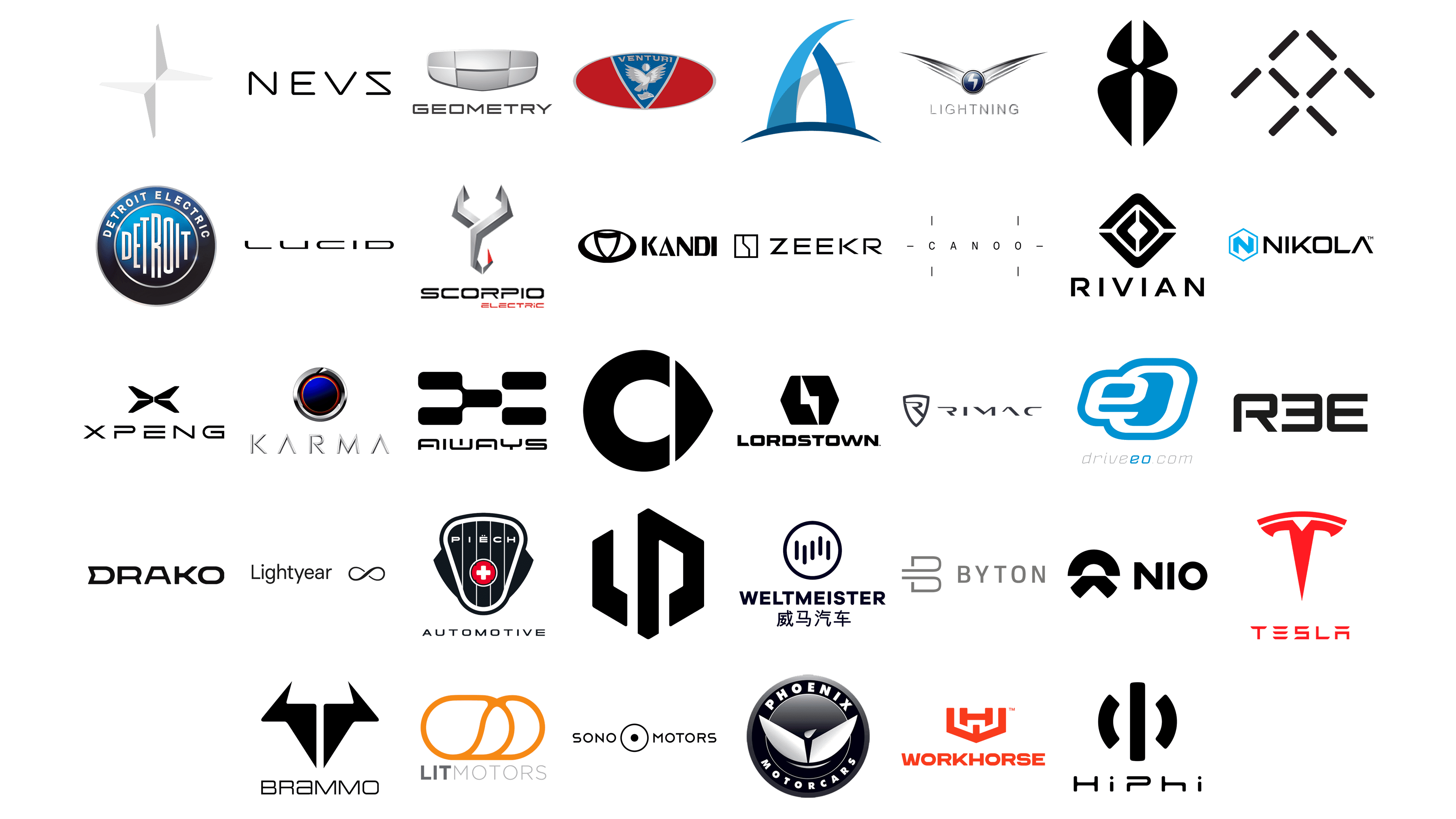The China Market: A Critical Analysis Of Current Challenges For International Car Brands

Table of Contents
Intense Competition from Domestic Brands
The China market is experiencing a surge in domestic automotive brands, posing a significant challenge to established international players. This intense competition is driven by several factors.
Rise of Domestic Players
Chinese automakers like BYD, Nio, and Xpeng have experienced remarkable growth, rapidly increasing their market share and presenting stiff competition to foreign brands. Their success is fueled by technological advancements, competitive pricing, and significant government support.
- BYD: A leader in electric vehicles (EVs), BYD's success stems from its vertically integrated business model, controlling battery production and other key components. Models like the Han and Tang are strong competitors in the premium segment.
- Nio: Known for its sophisticated EVs and battery-swapping technology, Nio targets a younger, tech-savvy demographic. Their innovative approach and strong brand building have gained significant traction.
- Xpeng: Focusing on autonomous driving technology, Xpeng offers a range of competitive EVs with advanced features. Their strong online presence and focus on software updates are key differentiators.
Government support, including subsidies and favorable policies, further empowers these domestic brands, making them even more formidable competitors.
Price Wars and Market Segmentation
The intense competition has led to price wars, impacting the profitability of international brands. To succeed, international brands need to differentiate themselves effectively by focusing on specific market segments and understanding unique consumer preferences across different regions within China.
- Luxury Segment: International luxury brands like BMW, Mercedes-Benz, and Audi still hold a strong position, but they face increasing competition from domestic players offering luxury features at more competitive prices.
- Budget Segment: This highly competitive segment demands cost-effective solutions and requires international brands to optimize their supply chains and manufacturing processes.
- Electric Vehicle (EV) Segment: The rapid growth of the EV market requires international brands to invest heavily in electric vehicle technology and adapt their product offerings accordingly. Understanding regional variations in charging infrastructure and consumer preferences for EV features is crucial.
Navigating Complex Regulatory and Legal Environments
China's automotive industry is governed by a complex regulatory and legal framework that presents significant hurdles for international car brands.
Stringent Emission Standards and Regulations
China has implemented increasingly strict emission standards and regulations, impacting vehicle development, production, and compliance costs.
- China VI Emission Standards: These stringent emission regulations require significant investment in advanced emission control technologies.
- Fuel Efficiency Standards: Meeting these standards requires optimizing vehicle design and engineering for improved fuel economy.
- Electric Vehicle Mandates: Regulations promoting the adoption of electric vehicles necessitate investment in EV infrastructure and production capabilities.
Failure to comply with these regulations results in substantial penalties, highlighting the importance of thorough legal expertise and proactive compliance strategies.
Import Tariffs and Trade Policies
Import duties and other trade barriers significantly increase the cost of importing vehicles into China.
- Fluctuating Tariffs: Changes in import tariffs can impact pricing strategies and profitability. Careful monitoring of trade policies is essential.
- Local Production: Establishing local production facilities through joint ventures or wholly owned subsidiaries offers significant advantages in mitigating tariff impacts and accessing local supply chains.
Data Privacy and Cybersecurity Concerns
China's growing emphasis on data security and privacy regulations poses challenges for connected car technology.
- Data Localization: Regulations requiring data to be stored within China necessitate investments in data infrastructure and compliance with local data security standards.
- Cybersecurity Standards: Meeting stringent cybersecurity standards for connected vehicles requires robust security measures and ongoing updates.
Understanding Unique Consumer Preferences and Cultural Nuances
Successfully penetrating the China market necessitates a deep understanding of evolving consumer preferences and cultural nuances.
Evolving Consumer Demands
Chinese consumers are increasingly demanding electric vehicles, advanced technological features, and personalized experiences.
- Online Purchasing Habits: A significant portion of car purchases are made online, necessitating a strong online presence and digital marketing strategies.
- Technological Features: Features like advanced driver-assistance systems (ADAS), connected car technology, and infotainment systems are highly valued.
- Personalized Experiences: Tailoring products and services to individual consumer needs is crucial for building brand loyalty.
Cultural Factors and Brand Perception
Adapting marketing and branding strategies to align with Chinese cultural values and sensitivities is paramount.
- Brand Storytelling: Connecting with Chinese consumers requires culturally relevant brand storytelling that resonates with their values.
- Local Partnerships: Collaborating with local influencers and businesses can significantly improve brand awareness and credibility.
- Product Design: Understanding cultural preferences in design and aesthetics is critical for product acceptance.
Conclusion
The China market presents both significant opportunities and considerable challenges for international car brands. Intense competition from domestic players, a complex regulatory landscape, and the need to understand unique consumer preferences require a strategic and nuanced approach. Successfully penetrating the China market requires a deep understanding of its unique challenges and opportunities. By carefully analyzing the factors discussed in this article, international car brands can develop effective strategies to succeed in this dynamic and lucrative market. Further research into specific market segments, regulatory compliance, and consumer behavior is crucial for long-term success in the China market.

Featured Posts
-
 Hrvatska Nagli Porast Uvoza Nafte Iz Azerbajdzana Sumnja Na Rusko Podrijetlo
May 06, 2025
Hrvatska Nagli Porast Uvoza Nafte Iz Azerbajdzana Sumnja Na Rusko Podrijetlo
May 06, 2025 -
 Warner Bros Discovery Faces 1 1 Billion Ad Revenue Hit From Nba Absence
May 06, 2025
Warner Bros Discovery Faces 1 1 Billion Ad Revenue Hit From Nba Absence
May 06, 2025 -
 Did You Miss Ayo Edebiris Time Travel Film Sharp On Netflix
May 06, 2025
Did You Miss Ayo Edebiris Time Travel Film Sharp On Netflix
May 06, 2025 -
 Espn Gregg Popovich Not Expected Back This Season Spurs Coachs Future In Doubt
May 06, 2025
Espn Gregg Popovich Not Expected Back This Season Spurs Coachs Future In Doubt
May 06, 2025 -
 Zendayas Space Movie A Jaw Dropping Twist
May 06, 2025
Zendayas Space Movie A Jaw Dropping Twist
May 06, 2025
